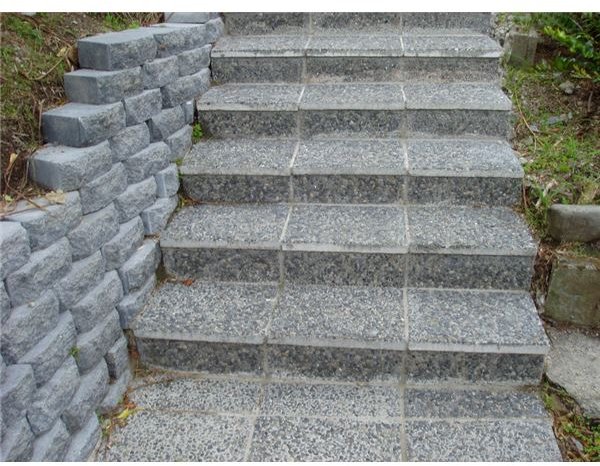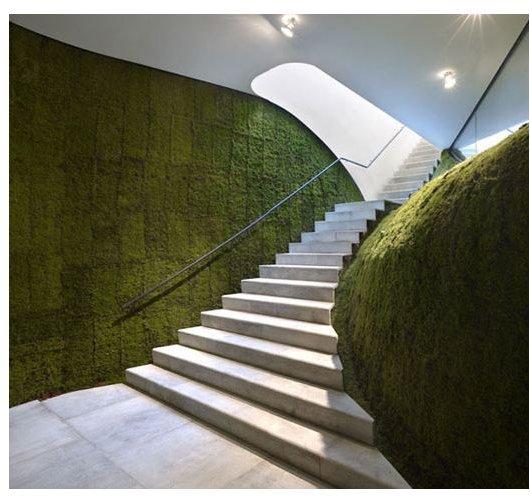Making Concrete Exposed Aggregate
Basics Exposed Aggregate Concrete
The style of exposed aggregate concrete is basically decorative and is appropriate for utilization on a terrace, driveway, or footpath. The distinct feature is the special finish that consists of the textured and smooth pebbles and stones that are embedded in the concrete. This is unlike conventional concrete that has the visible surfaces mostly created by the fine concrete particles. Exposed aggregate concrete is prominent due to the random patterns in several colors. The cost of the exposed aggregate concrete may be minimized by using the decorative concrete aggregates at the face or top layer only. The advantage of an exposed aggregate concrete is that it contains the strength of a conventional concrete, and the attractiveness of a decorative aggregate.
Exposed Aggregate Concrete Advantages
This concrete can produce an impressive appearance, without incurring huge extra costs. Some of the advantages of this
construction material are:
- The essential methodology of applying is simple, and can be accomplished by normal workers, without the need of an advanced training.
- The surface produced is tough, and can endure heavy loads and weather conditions.
- Numerous combinations of texture and color can be produced due to the availability of a huge variety of sizes and types of this construction material.
- It creates good appearance effects when combined with normal concrete, or treatments like stenciling, staining, coloring, and stamping are implemented.
- Maintenance is simple, and occasional sealing and cleaning would be adequate.
Exposed Aggregate Concretes Production
The basic methods of creating exposed aggregate concrete are Surface Dressing and Washed to Expose, with details as mentioned:
Surface Dressing
The concrete mix is placed on a base that has a moisture resistant membrane. The concrete is filled approximately 5-10 mm below the

finish level by using appropriate tamping tools. Subsequently, the decorative aggregate is distributed uniformly over the complete surface. A hand tamper is consequently utilized to provide final shape to the aggregate by merging it into the concrete surface. The tamper use depends upon the concrete condition, finish desired, and the usage. Since the aggregate is laid at a small depth, the loose aggregate may be removed due to the traffic or wear, exposing the plain concrete below. This technique minimizes cost, and is generally used for minor works like patios and garden paths.
Washed to Expose
The concrete is laid in the formwork, and a covering that is damp proof, is applied between the concrete and the sub base. This ensures prevention of water drainage from the newly prepared concrete and assists in uniform slab curing. The concrete is tamped to the desired height, and the edges are smoothened to produce a round edge. The concrete is allowed to dry for a few hours, ensuring the complete bleeding of the excess water. Subsequently, a retarding agent is sprayed on the surface to ensure a proper setting of the cement content. The retarding agent should be applied uniformly as otherwise a consistent penetration will not be achieved. An uneven application will cause an irregular surface finish. This technique is normally used for commercial applications.
